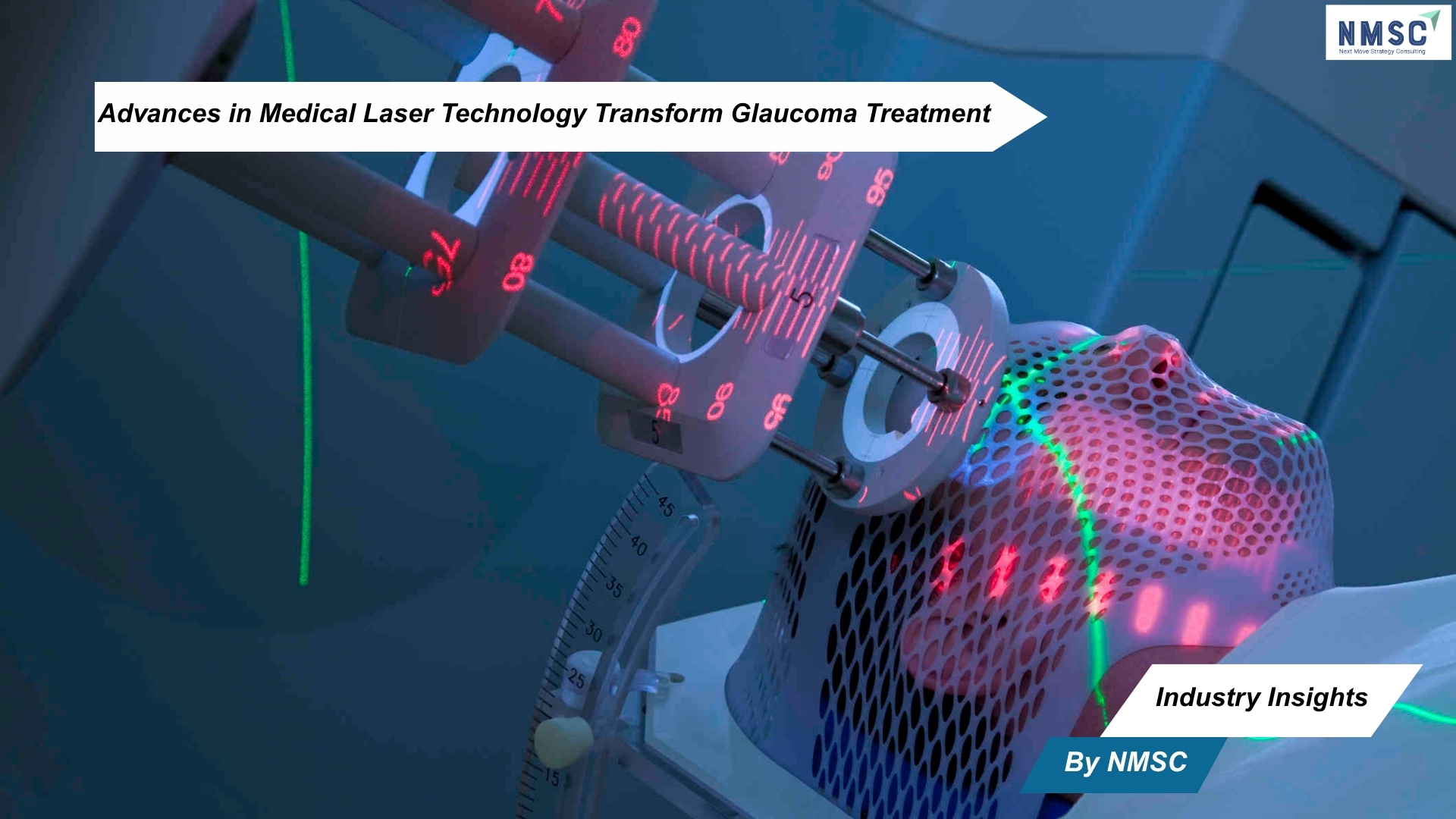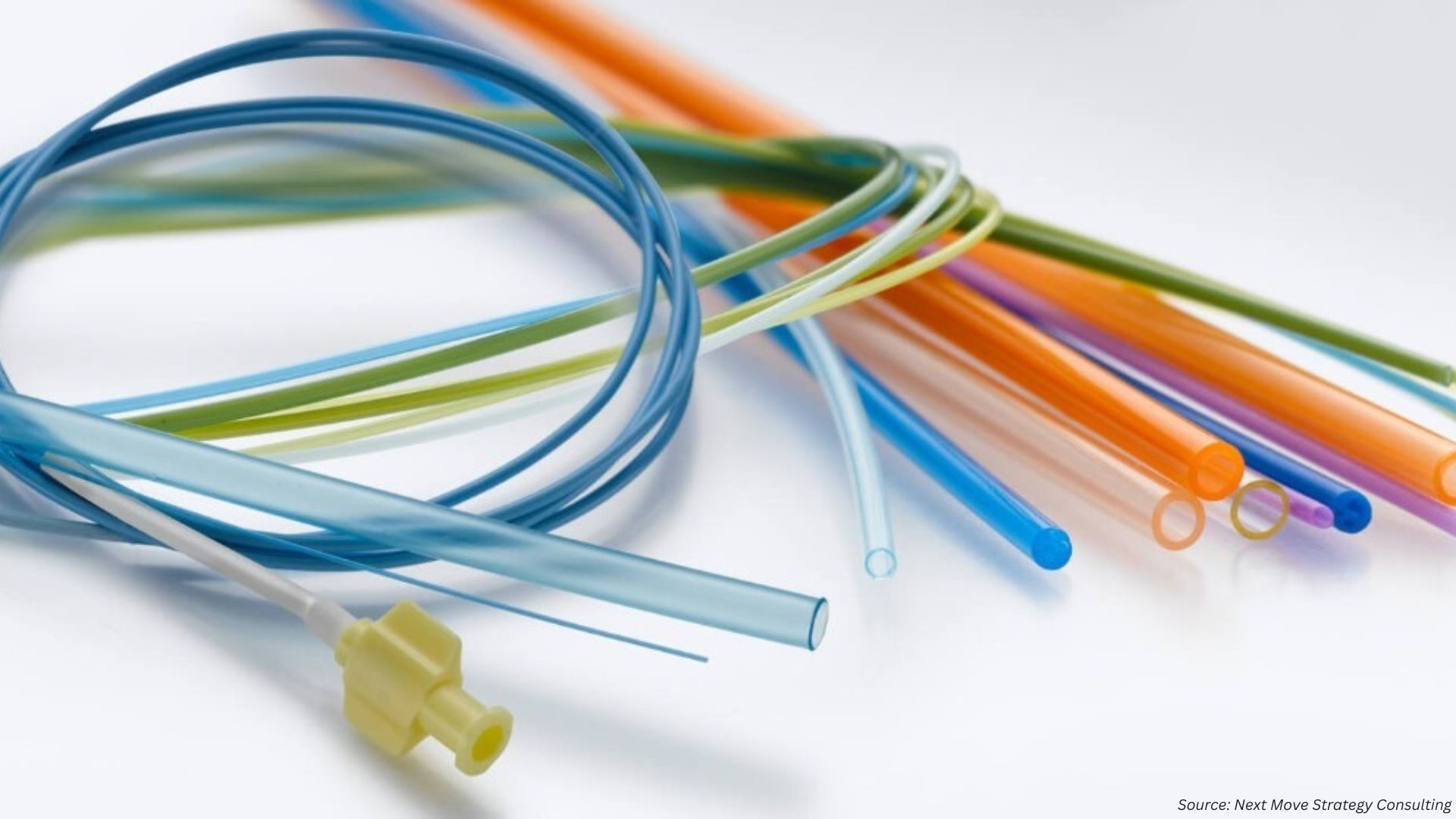Advances in Medical Laser Technology Transform Glaucoma Treatment
Published: 2025-07-24

Industry Insights from Next Move Strategy Consulting
As the burden of glaucoma continues to impact millions worldwide, recent developments in medical laser technology are driving a meaningful shift in treatment strategies. With a focus on enhancing precision and minimizing patient burden, these laser-based procedures are redefining how ophthalmologists manage intraocular pressure, a key factor in preventing vision loss associated with glaucoma.
Is laser treatment the right option for managing my glaucoma?
A laser procedure known as trabeculoplasty (tra-BECK-you-low-plas-tee) is commonly used to treat open-angle glaucoma, the most prevalent form of the disease. In addition to trabeculoplasty, other types of laser treatments are available to address different forms of glaucoma.
Experts advise patients to consult their eye care providers about the full range of treatment options, which may include medications, laser procedures, and surgical interventions. Developing a personalized treatment plan in collaboration with a specialist is considered essential for effective glaucoma management.
What to Expect During Laser Treatment for Glaucoma
During laser treatment for glaucoma, ophthalmologists follow a step-by-step procedure designed to reduce eye pressure and improve fluid drainage. The process typically involves:
-
Applying numbing eye drops to ensure comfort
-
Directing a focused beam of laser light into the eye using a specialized lens
-
Using the laser to enhance the eye’s natural drainage system
Patients may notice brief flashes of green or red light during the procedure. However, the treatment is generally well tolerated, with most individuals experiencing little to no pain or discomfort.
In cases where glaucoma affects both eyes, doctors may choose to treat both eyes in a single session or schedule the second eye for treatment a few days or weeks later, depending on the patient’s condition and response.
Understanding Side Effects, Recovery, and Follow-Up for Glaucoma Laser Treatment
While laser treatment for glaucoma is generally considered safe, like any medical procedure, it may come with side effects. Patients may experience mild swelling or soreness following the procedure. In some cases, the laser can cause dryness or minor abrasions to the cornea, leading to temporary discomfort. These symptoms typically resolve quickly as the eye heals, and doctors often prescribe eye drops to manage any irritation.
Quick Recovery with Minimal Downtime
Recovery from laser treatment is usually swift. Most individuals are able to resume their normal routines as early as the next day. However, immediately after the procedure, patients may experience blurry vision or mild eye irritation. As a precaution, it is advised to arrange for transportation home following the appointment.
Possibility of Additional Treatment
Laser treatment is effective for many glaucoma patients, but not all. It typically takes 4 to 6 weeks to determine whether the procedure successfully reduced eye pressure. In most cases, ongoing use of glaucoma medication is still necessary, along with regular follow-up visits to monitor eye health.
Over time, the effects of the laser may diminish, meaning some individuals may require repeat treatments. In certain cases, doctors may recommend alternative approaches such as glaucoma surgery for long-term management.
Source: https://www.nei.nih.gov/learn-about-eye-health/eye-conditions-and-diseases/glaucoma/treatment
Prepared by: Next Move Strategy Consulting
















Add Comment